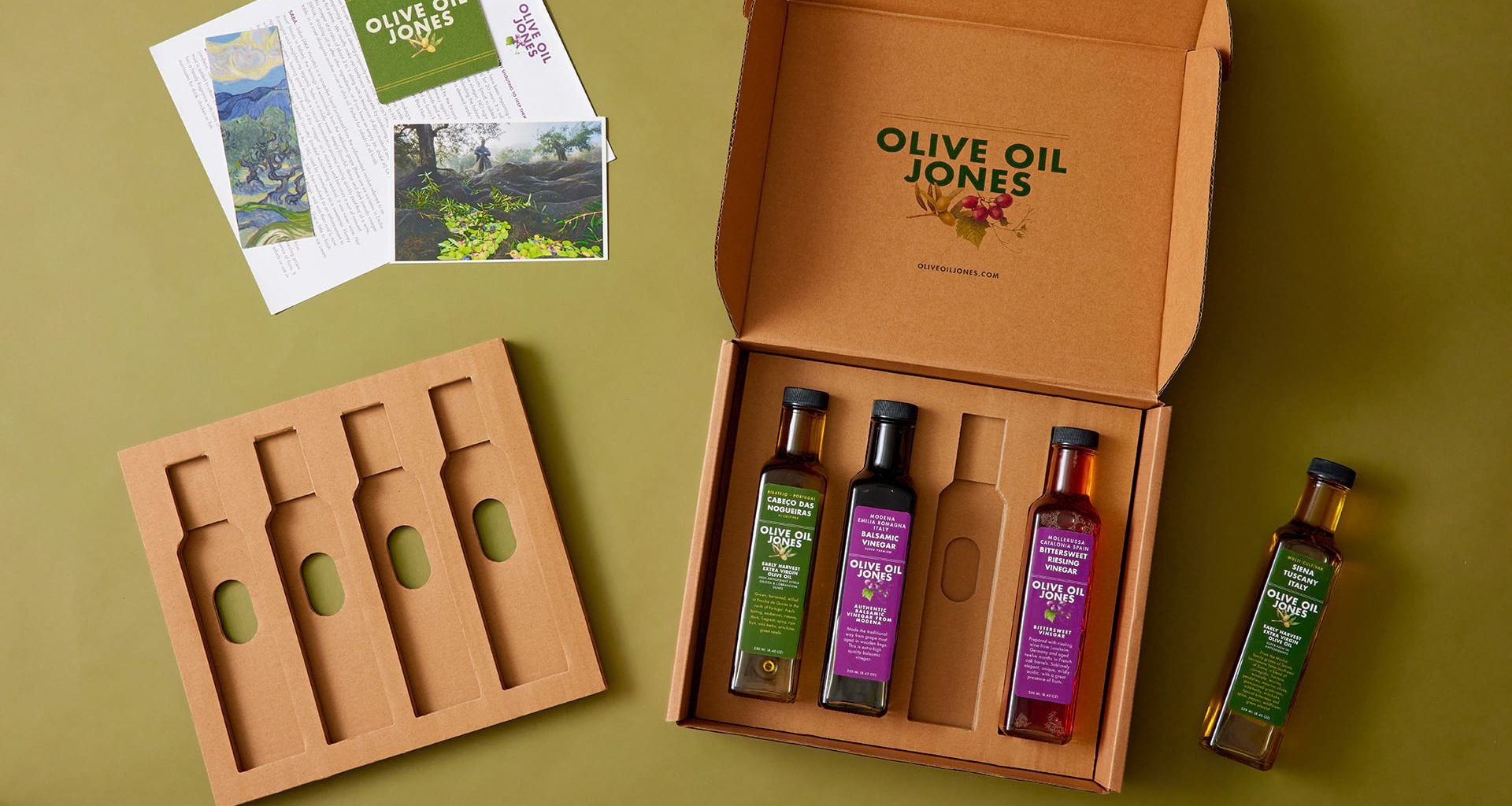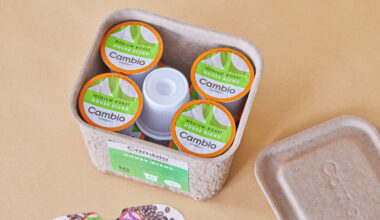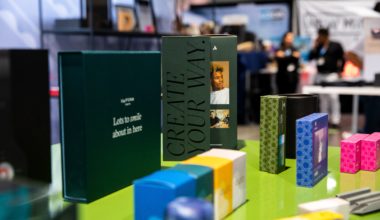How many of us had to cut apart a brown paper grocery bag on the first day of school every year in junior high?
Covering new-old textbooks to prevent ruin became a first-time paper packaging experience for some, even surprising those of us less skilled at origami. (Covering the books didn’t matter all that much. It was junior high, there was already something pretty graphic drawn inside.)
Now, the paper innovations below are a little more refined than those old covers we used to make. Some aren’t even packaging-related, they’re just too surprising to leave off the list. So let’s just get into it. Here are ten surprising paper innovations.
1. Flexi-Hex
This first one is a piece of packaging that I just find really cool. It’s called Flexi-Hex, made by the company of the same name. It’s paper honeycomb packaging, made from either corrugate or tissue paper. For glass bottles such as wine, just slide the sleeve over it and pinch the box shut.
It can be dropped from 12 feet and the bottle won’t break. No more bubble wrap, no more packing peanuts, no more large boxes with void fill. It’s plastic free protective packaging, innovative, and just plain looks pretty cool.
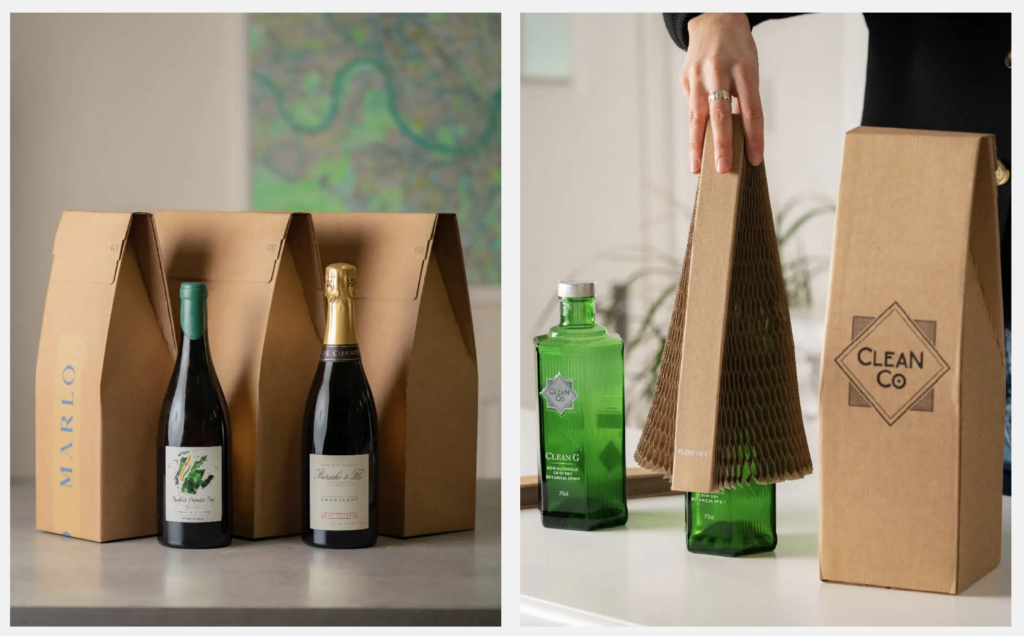
2. Molded Pulp
Another plastic replacement here, molded pulp is just paper that’s been formed into a shape. But obviously it’s more complicated than that.
While standard paper and cardboard is typically cut, folded, and glued into shape, molded pulp is literally formed in die-cast molds. There are no seams, glue lines, or wasted materials such as cutting scraps.
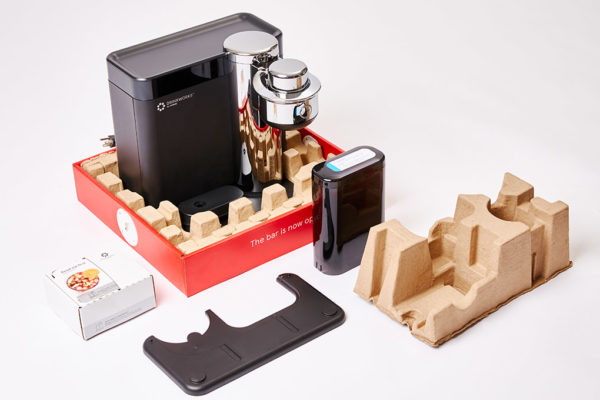
So what does molded pulp look like in action? Apple’s boxes, for one. Those sleek little boxes have perfectly formed inserts fitted inside to hold phones and tablets.
Zenpack also uses molded pulp to create perfectly fitting protective packaging. Rather than using foam or packing peanuts—all plastic—molded pulp was used in the Drinkworks packaging to create formed inserts that cradle the machine during shipping.
The Cambio box is also made from molded pulp, reducing waste and giving an organic-type look to go along with their organic coffee.
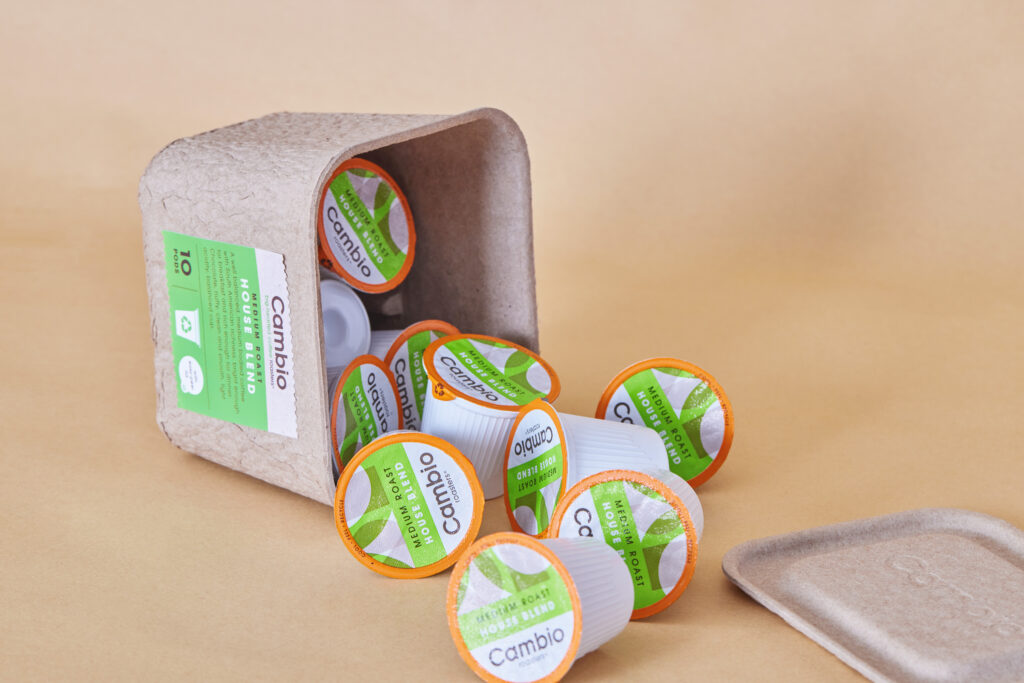
After, molded pulp can be recycled just like any paper packaging. It’s minimal waste protective packaging without the microplastics.
3. Paperboard Can Holders
While cardboard caddies for bottled six packs have been around for ages, no one had done the same for cans. All we had were plastic rings and pictures of fish getting caught in them. But that’s a thing of the past, as paperboard can holders are here now.
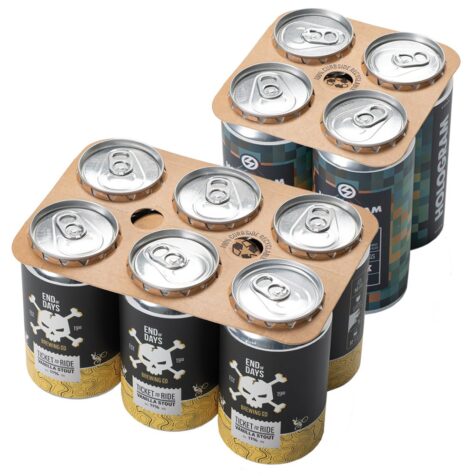
Ditching the plastic and instead using paperboard with circular cut-outs for the cans, these new drink can holders are recyclable, renewable, and compostable—depending, of course, on the inks used.
4. Zenlock
For all that the cannabis industry talks about it being a natural product and from the earth rather than lab-made pharmaceuticals, there sure is a lot of plastic in cannabis packaging. That’s why Zenpack created The Zenlock. It’s plastic free, child-resistant cannabis packaging made from just paper. It’s compliant with California regulations surrounding CRS packaging. And of course it’s recyclable. But it’s that paper locking mechanism that’s pretty innovative.
Paper and plants—that’s all someone needs when they leave a dispensary.
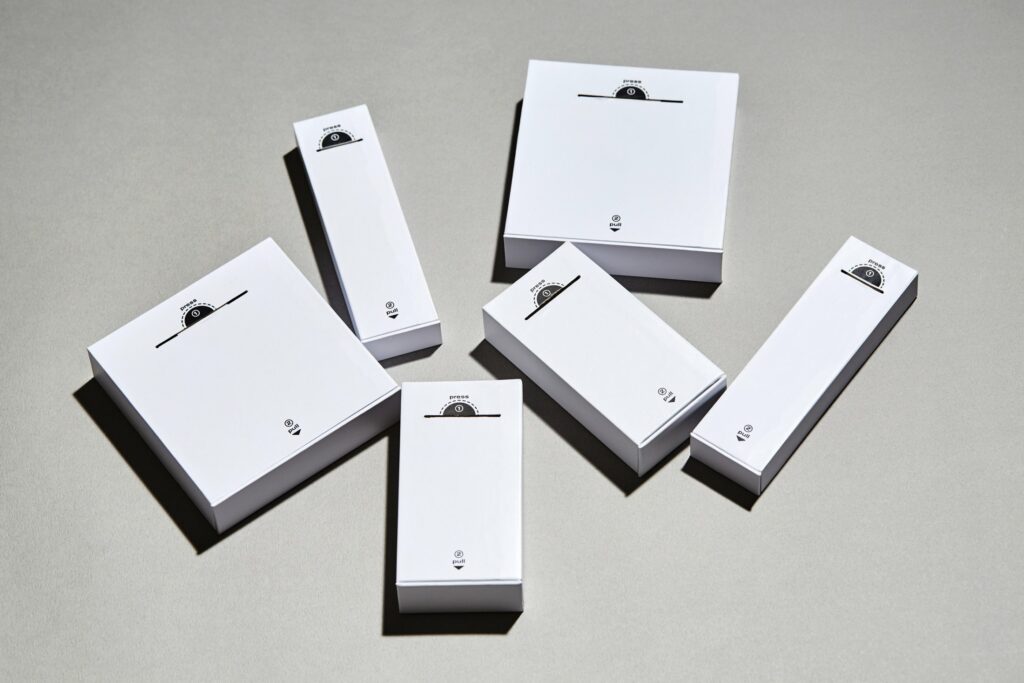
5. Bamboo Toilet Paper
Of course toilet paper has to be on here. After all, it’s probably the weirdest thing ever made from paper. Grind up a tree, mix it with water, and use that to clean your backside. I doubt the Chinese scribes who invented paper weren’t expecting that when creating a new material that they could document life on.
Anywho, old-growth trees are still being chopped down in North America just to make paper that cleans our posteriors.
That’s right: two hundred years worth of growth just for a trip to the porcelain throne.
Fortunately, there’s bamboo. Bamboo is not actually a tree—it’s part of the grass family. It only takes about 60 days to grow and can reach about 40 feet, both depending on the species. Its toilet paper is soft, highly renewable, and keeps the embodied carbon in the ground. This innovation may not seem like a lot, but as long as we keep eating, we’ll still need something to clean our rear ends. And there’s only so many old-growth trees left.
6. Katris
Zenpack has a little side project called Papercut Lab. The first product is a cat scratcher made from corrugated cardboard. It’s also designed like Tetris pieces—you can actually play Tetris with these cat scratchers.
They’re also strong enough to hold a full-grown adult. I should know, I stood on them. They’re pretty cool. And Tetris is fun.
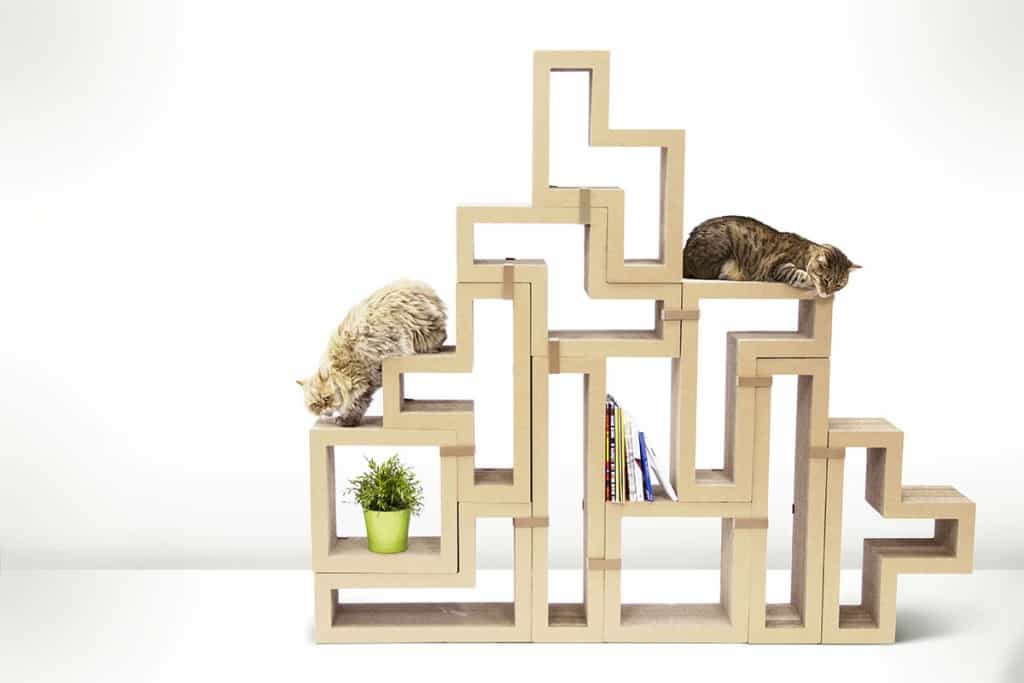
7. Paper Furniture
If the last innovation is strong enough to hold a person, then it only stands to reason that this one is designed to hold a person. That’s right, there is actually paper furniture you can buy and use. Multiple companies make this stuff: stools and chairs, tables and shelves. If you want to see it, click here or here.
The stools even fold up so you can transport them. While most of us were busy making paper airplanes when we were kids, others were busy thinking up this stuff. Just need to remember to not write a shopping list on them.
8. Paper Urn
The last package we’ll ever need. These paper urns are designed to biodegrade in water. They have space for 20 hand-written notes, and families can launch the remains of their loved ones out to sea or wherever before the urn slowly sinks to the bottom.
It’s an eco-friendly way to honor your loved ones and a pretty innovative use of paper too.
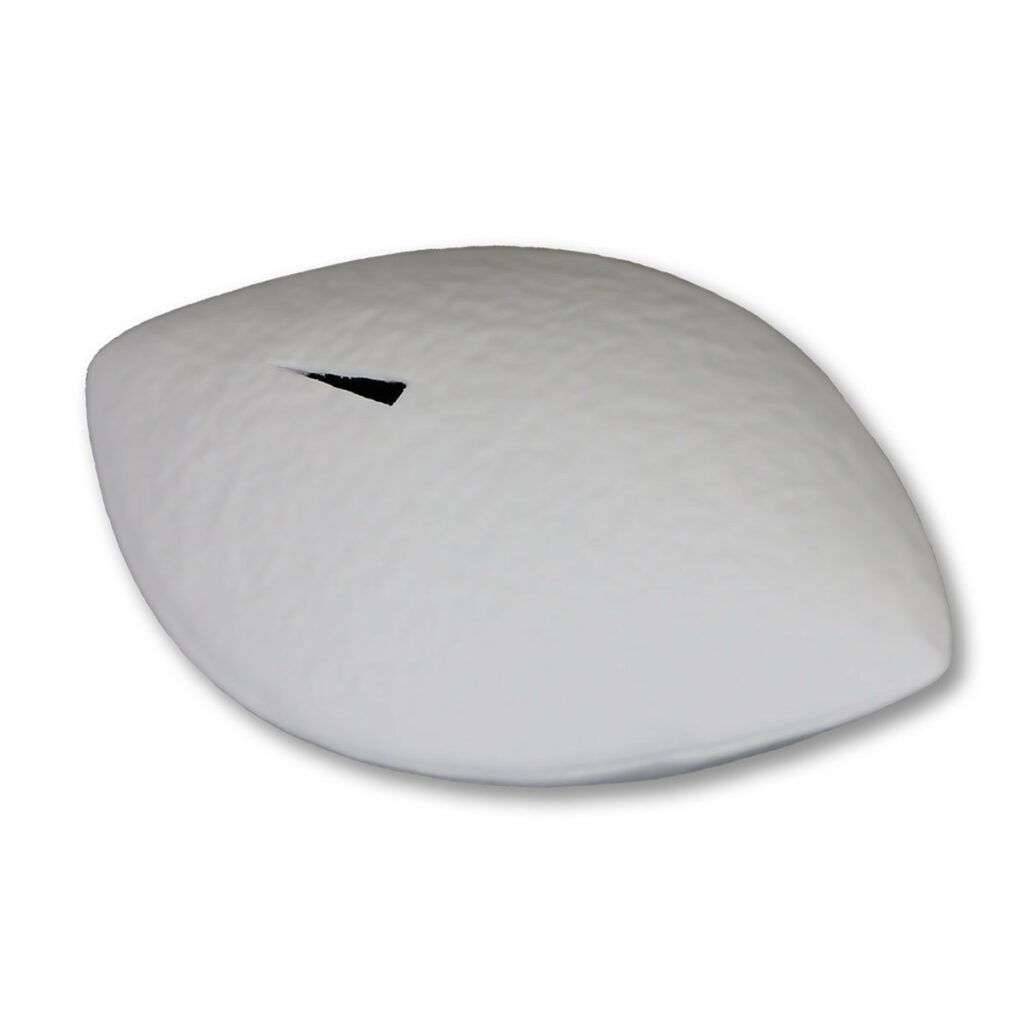
9. Home Compostable Food Stickers
In the UK in 2021, 29 million apples were sold each week. The US has almost 5 times as many people. And while you’re not finding stickers if you go to an apple orchard, most people are still getting their fruit from the grocery store. Apples, oranges, kiwis—they all have a little plastic sticker on them.
“Nobody really wants packaging,” said KJ Malhi, senior industrial designer at Zenpack. “It’s kind of a dirty requirement to get something you want.”
Well most people can agree they don’t want fruit stickers. But large supermarket chains need some way to keep track of inventory and sales. So in steps home compostable food stickers from UPM. These are made from paper and are certified for industrial and home compostability and meet the EU’s Packaging and Packaging Waste Regulation (PPWR) requirements.
So if you forget to take off a sticker before you chomp into an apple, you’re fine. And if you forget to take it off before you toss a rotten apple in your compost, your soil is fine (food waste is another issue entirely).
10. Tree-Free Paper
I already mentioned old-growth forests being cleared for tush wiping, but the fact is that paper from tree-free sources is what we should be striving for. But what about production forests that are designed for growing and clearing, and are carefully managed?
Well a forest is more than just the trees. Undergrowth, moss, debris—all of that sits on the forest floor and is home to thousands of creatures and organisms. Cutting a forest isn’t just cutting the trees, but driving through and trampling the forest floor.
And one reason forest fires are often so bad these days is because of production forests. In a natural forest, trees have varying ages, which helps to limit fire spread. In production forests, acres and acres of trees exactly the same age stand limb to limb. And when a fire spreads, with nothing on the forest floor to slow it down and no old growth trees, the smoke stretches far.
Anyway, all this to say that tree free paper is a thing and we’re starting to see more of it. Hemp, banana, seaweed, fallen leaves—many companies are creating paper from these raw sources and more to keep trees in the ground. This may not be a first-in-human-history innovation, but it is a modern one that can reshape our material usage.
Paper, Onward
Paper is weird, but it can do a lot of cool things. It’s recyclable, renewable, and compostable. It reduces our reliance on plastic and fossil fuels. All of this is why it’s one of Zenpack’s favorite materials to work with.
If you want to see what paper can do for you, talk to Zenpack. We’ll have to pause our paper airplane competition for a moment (still trying to perfect a paper engine), but we’d love to chat.
If you want to know more about Zenpack’s services
Let our packaging consultants help you turn your idea into reality.
